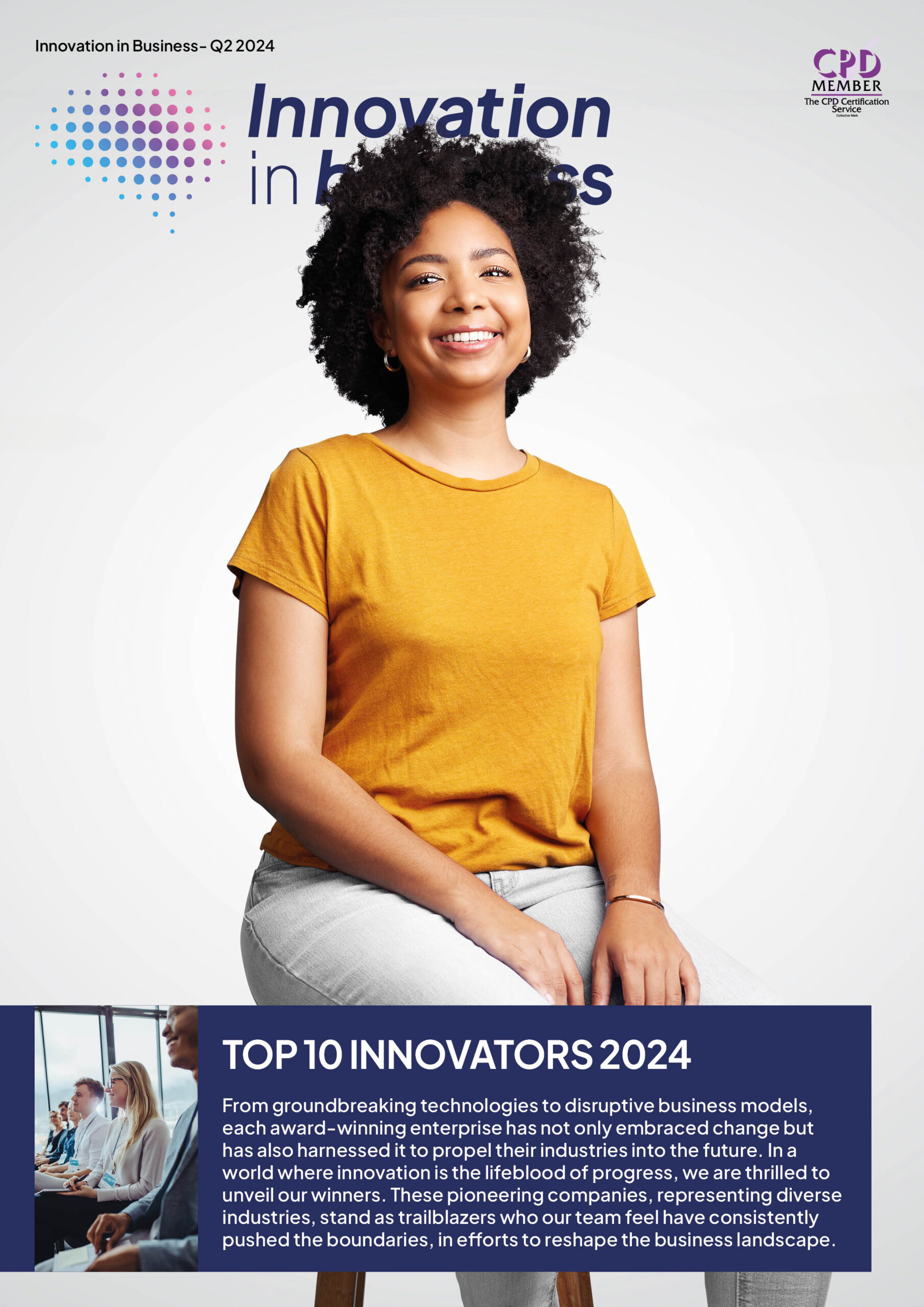
The Hidden Pitfalls of AI: Why Implementing AI Without a Strategic Vision Could Harm Your Business
8 July 2024

For all of AI’s advantages, getting it wrong can be costly, says Bartek Roszak, Head of AI at STX Next
From AI-powered recommendation engines to reinforcement learning, the potential of AI seems limitless. However, according to Bartek Roszak, Head of AI at STX Next, the rush to implement these technologies without a well-thought-out strategy can pose significant risks in the long run.
“Many businesses are drawn in by the temptation of quick wins,” Roszak explains. “AI promises a lot, such as personalised product offerings, trend analysis, and improved inventory management. Yet the allure of these immediate gains can lead companies astray if there’s no overarching strategy in place.”
Below, Roszak outlines where businesses could be going wrong, and identifies how to steer them back onto the correct course:
1. Misaligned objectives
Roszak: “Without in-depth planning, AI initiatives may end up being disjointed, failing to align with the key goals and objectives of the business. This misalignment can result in wasted resources on projects that do not support the company’s vision or long-term growth.”
2. Data silos
Roszak: “AI solutions might be built on isolated data silos, limiting the system’s ability to have a holistic view and potentially impacting the effectiveness of insights. For example, an AI-powered recommendation engine that cannot access market trends or inventory data will provide sub-par recommendations.”
3. Scalability issues
Roszak: “Companies might choose a technology that addresses a current need but is not flexible enough for future expansion or does not keep up with advancements in AI technology. This can create roadblocks when the business grows or market dynamics shift.”
Adopting a strategic approach
Roszak: “To mitigate these risks, a strategic approach to AI is crucial. It ensures that resources—including budget, time, and expertise—are appropriately allocated. This aids in creating a flexible AI architecture that can adapt to future advancements, thereby safeguarding the business against obsolescence.”
“Take the example of an AI wedding assistant to illustrate how such an approach to AI implementation can make a difference. An AI wedding assistant is a specialised application designed to support couples in the complex and often stressful process of wedding planning.
1. Step-by-step development
Roszak: “When building a new application it’s important to ensure that each step generates a return on investment (ROI) on its own so that you aren’t waiting until the whole solution is complete before you add value. Having a proper roadmap in place at the beginning of a process will make this simple and also mean that you will create synergy between each step in the development and deliver value at every part of the process.
“For example, adding skills one by one to an AI wedding assistant enhances synergy and enables each function to complement the others. This incremental development offers user-centric enhancements and facilitates adaptive growth in line with emerging trends and technologies.”
2. Holistic integration
Roszak: “By integrating various functions—like vendor selection, budget management, and personalised recommendations—the AI system can provide a more seamless and comprehensive service. This not only improves user experience but also aligns with the business’s goal of becoming a one-stop solution for wedding planning.”
3. Conversational interface
Roszak: “Interfacing through conversational language, the AI wedding assistant allows users to interact as they would with a human planner, either through text or voice commands. This makes the technology accessible and user-friendly, promoting higher engagement and customer satisfaction.”
What next?
Roszak: “The promise of AI is immense, but so are the risks if it’s implemented without the right vision. Misaligned objectives, data silos, and scalability issues can undermine the technology’s potential and waste precious resources. Businesses need to adopt a comprehensive, long-term approach, ensuring that their AI initiatives are well-aligned with their goals, flexible enough to adapt to future needs, and holistically integrated to deliver maximum value.
“Investing in AI quickly may seem like a no-brainer, but it’s a gamble that businesses can’t afford to take. By taking time to get their houses in order, companies can harness the power of AI to not just succeed but thrive in an increasingly competitive landscape.”

Technology
25 March 2025
Ransomware-As-A-Service Variants on the Rise With Critical Infrastructure Providers at the Greatest Risk

Business Advice
25 March 2025
Claims Processing Automation: How Insurers Can Cut Costs and Improve CX

Technology
18 March 2025
Secret Signs Your Internet Security Has Been Compromised






















